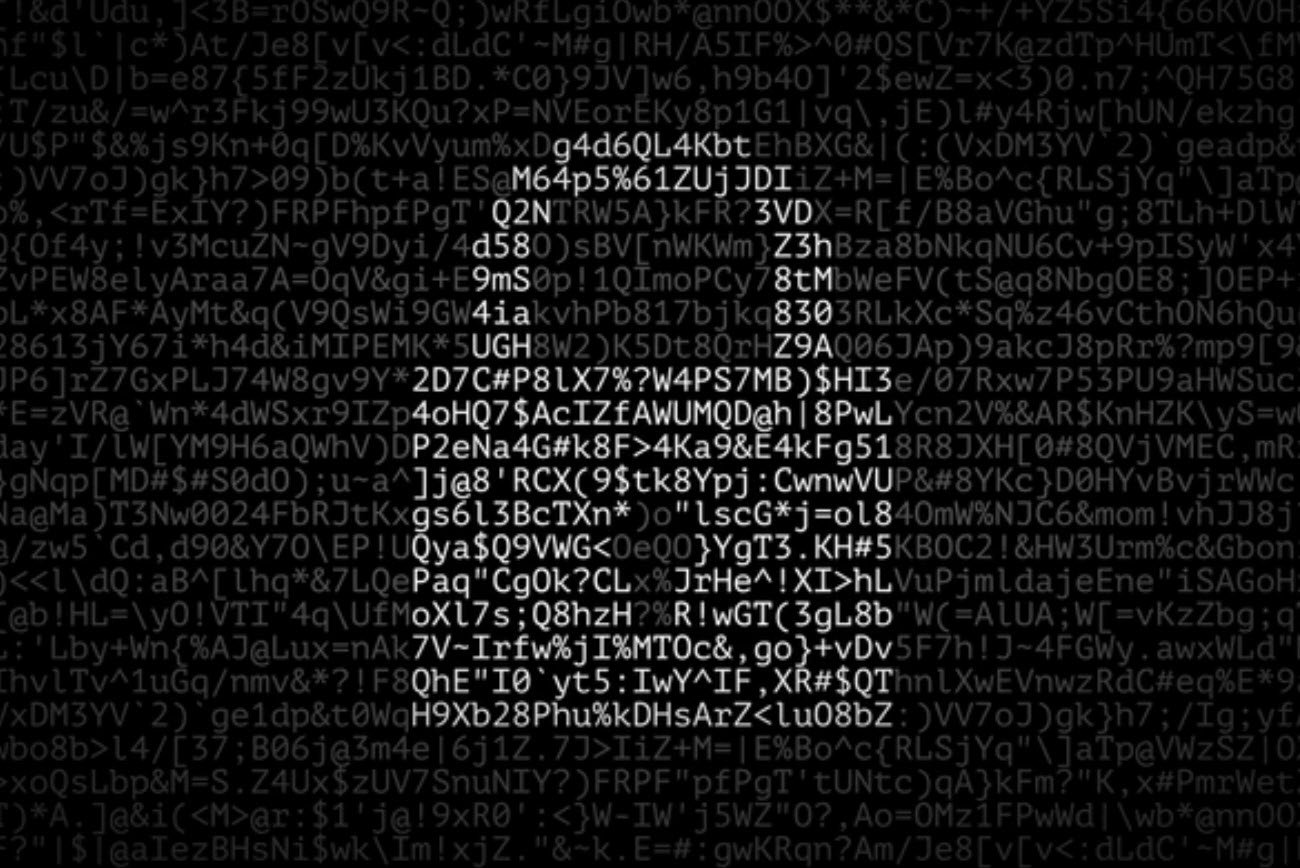
The respiratory system facilitates the exchange of oxygen and carbon dioxide between the body and the external environment. It includes the airways (nasal passages, trachea, bronchi) and the lungs, where gas exchange occurs. Through inhalation and exhalation, oxygen is taken in, and carbon dioxide, a waste product, is eliminated.
Here is the list of questions related to Respiratory System:
1. The normal intra-pleural pressure is:
a. -2 mm Hg
b. -1 mm Hg
c. -0.5 mm Hg
d. -4 mm Hg
Correct Answer – (a)
2. The average residual volume in lung is:
a. 1.2 litres
b. 1.8 liters
c. 2.2 liters
d. 3.2 liters
Correct Answer – (a)
3. The respiratory minute volume of lung is:
a. 2 litres/minute
b. 3 litters/minute
c. 4 litres/minute
d. 6 litres/minute
Correct Answer – (d)
4. The normal tidal volume of lung is:
a. 1000 ml
b. 700 ml
c. 500 ml
d. 300 ml
Correct Answer – (c)
5. The accessory muscle of respiration is:
a. Scalene
b. Stemocleidomastoid
c. Platysma
d. All of the above
Correct Answer – (d)
6. The oxygen volume % in atmospheric air:
a. 20.94 b. 14
c. 10 d. 12
Correct Answer – (a)
7. The pulmonary diffusion capacity of oxygen at rest is:
a. 10 to 15 ml/min/mm Hg
b. 15 to 20 ml/min/mm Hg
c. 0 to 5 ml/min/mm Hg
d. 20 to 25 ml/min/mm Hg
Correct Answer – (b)
8. The oxygen content in ml/dl in mixed venous blood is:
a. 10.8
b. 19.3
c. 14.2
d. 18.3
Correct Answer – (c)
9. 1 gm of haemoglobin when fully saturated combines with ml of oxygen:
a. 2.65 ml
b. 3.55 ml
c. 4.22 ml
d. 1.34 ml
Correct Answer – (d)
10. More than 80% of CO2 is carried as:
a. In solution
b. As carbaminocompound
c. Bicarbonate
d. Sulphate
Correct Answer – (c)
11. Central pattern generator:
a. Pre-Botzinger complex
b. Nucleus of tractus solitarius
c. Nucleus ambiguus
d. Retrofacialis
Correct Answer – (a)
12. The chemosensitive type I cell in carotid body is:
a. Sustentacular cells
b. Glomus cells
c. Reticular cells
d. Vestibular cells
Correct Answer – (b)
13. Hering-Breuer reflex inflation protects lung from:
a. Circulating toxins
b. Circulating phagocytes
c. Overinflation
d. Under ventilation
Correct Answer – (c)
14. Diphtherial toxins inhibit synthesis of cytochrome and may lead:
a. Anaemic hypoxia
b. Stagnant hypoxia
c. Hypoxic hypoxia
d. Histotoxic hypoxia
Correct Answer – (d)
15. The oxygen solubility in plasma is:
a. 0.6 ml/100 ml/mm Hg
b. 2 ml/100 ml/mm Hg
c. 0.03 ml/100 ml/mm Hg
d. 3.2 ml/100 ml/mm Hg
Correct Answer – (c)
16. The conditions that increase pulmonary diffusing capacity are:
a. Exercise
b. Emphysema
c. Collagen disease
d. Interstitial oedema
Correct Answer – (a)
17. The normal pulmonary vascular resistance is:
a. 50-150 dynes/seconds/cm-5
b. 150-200 dynes/ seconds/ cm-5
c. 200-250 dynes/seconds/cm-5
d. 0-50 dynes/seconds/cm-5
Correct Answer – (a)
18. The type of respiration seen in diabetic ketoacidosis is:
a. Cheyne-Stroke breathing
b. Biot’s respiration
c. Hysteric breathing
d. Kussmaul breathing
Correct Answer – (d)
19. Monges disease is:
a. Acute bronchitis
b. Chronic bronchitis
c. Emphysema
d. Chronic mountain sickness
Correct Answer – (d)
20. The hormone stimulating surfactant secretions are:
a. Insulin
b. Glucocorticoids
c. Thyroxine
d. All of the above
Correct Answer – (b)
You may also like:- Code/Decode – Practice Test Questions With Answers
- Common Interview Questions and How to Tackle Them
- Mastering 25 Common Job Interview Questions
- Biology MCQ Quiz Questions with Answers
- [Human Physiology] Gastro-Intestinal Tract – MCQ Questions with Answers
- [Human Physiology] Cardiovascular System – MCQ Questions with Answers
- [Human Physiology] Nerve and Muscle – MCQ Questions with Answers
- [Human Physiology] Blood – MCQ Questions with Answers
- [Human Physiology] General Physiology – MCQ Questions with Answers
- Top 50 Biology One-liners Questions and Answers








